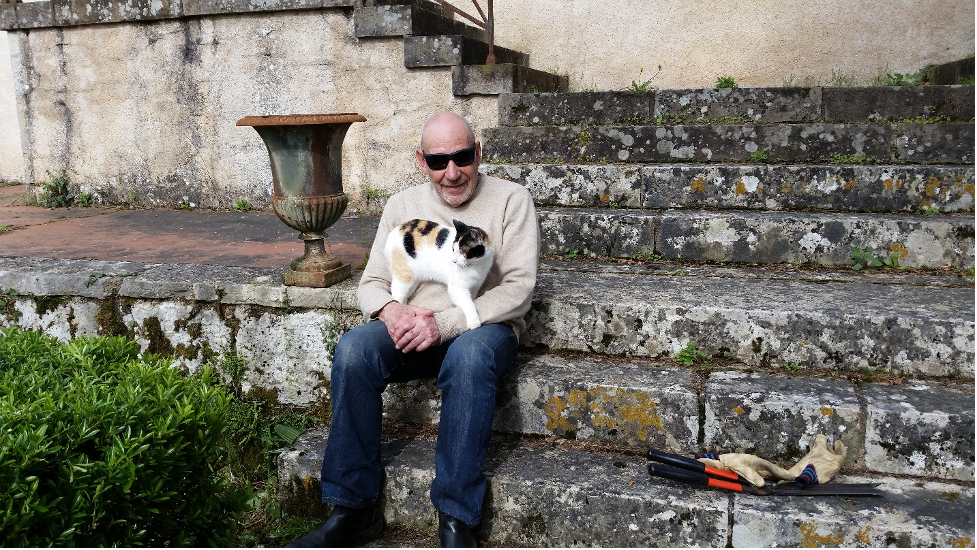
Art has done more for human civilization than any other kind of recorded history; be it murals, paintings, or sculptures that stood the test of time and survived to tell the stories of the past. Not only do art pieces portray a better picture than scripts, but they also provide a real sense of connection and by extension belonging to those who lived before us. The desire to create something in order to describe an emotion or convey some kind of information is something intrinsic in all human beings. This fact is proved by the prehistoric cave paintings, also called pictographs, found all over the world.
Humanity’s desire for expression has not only resulted in the creation of era-defining masterpieces that demand admiration from even their worst critics but also assisted the people of each time period to become familiar with the culture and history of those who preceded them. If analyzed, the art of the past tells many stories and the beauty of the entire thing is that the more artists portray what a particular period or event was like, the more stories are presented to the people. Each artist uses their canvas to convey their perspective and with each stroke of their brush, a new detail is unveiled for those who look at the finished piece decades later. In every period, after the artists, there have been certain people or admirers to be specific, who take it upon themselves to preserve the work of artists for future generations, showcasing these pieces at exhibitions around the world for people to appreciate. One such individual to walk this Earth was Yves Plantin, an art dealer, specializing in pieces belonging to the period 1890-1930.
Plantin was born on July 21, 1938, in Paris and had an educational background in architecture from the Ecole des Beaux-Arts. He sold works to private and public collections, including the New York Metropolitan Museum, the Virginia Museum of Fine Arts, the Mesnil Houston Foundation, the Musée d’Orsay Paris, and many French and European museums. Plantin had a deep admiration for art and used to collect the most aesthetic pieces. His collection was presented for bidding at a private auction sale conducted in November 2015 in Paris. For his services to the field of art and culture, Plantin was named Knight of the Order of Arts and Letters by the French Minister of Culture in 1996.
Plantin’s interest in the history of nonconformist art was first piqued at the School of Fine Arts in the studio of Louis Arretche where he found out about Art Nouveau, which at the time was completely unknown. This was a time when Guimard’s contemporaries were being rediscovered and the collection of his pieces, documents, and information first got started. After Plantin discovered that Guimard’s office was part of the collection at the Museum of Modern Art in New York, in 1960, he and his friend, Alain Blondel got in touch with the museum, which eventually resulted in an exhibition that served as the first retrospective of Guimard’s work.
Plantin collaborated with his wife Françoise, Alain Blondel, and Blondel’s future wife Michèle Rocaglia in 1967 to establish a gallery on Paris’s rue des Quatre-Vents. Their idea consisted of a gallery that mainly focused on artworks by painters from 1900 to 1925. “Galerie du Luxembourg” first opened in 1968 on the rue de Tournon in a space shared with Alain Lesieutre; it was named so because of its proximity to the Palais du Luxembourg.
In 1970 or 1971, the gallery relocated to 98, rue Saint-Denis. Plantin kept searching into the mocked and derided streams of Art Nouveau and Art Deco. His inquiries eventually connected him with the most accomplished artists. The Galerie du Luxembourg features many retrospectives of artists working in the 1920s and 1930s, many of whom are newly discovered by the public: Tamara de Lempicka in 1972, Burne-Jones and the influence of the Pre-Raphaelites in 1972, Bernard Boutet de Monvel in 1974, sculptor Rupert Carabin in 1975, lacquer artist Jean Dunand in 1976. The gallery also holds exhibitions of modern artists like Christian Babou, Antony Donaldson, Jürg Kreienbühl, Christian Renonciat, Guy de Rougemont, etc. alongside retrospectives of long-forgotten painters.
Plantin also worked on the 1970 Guimard exhibition at The Museum of Modern Art (MoMA), which was later shown at the Musée des Arts Décoratifs in Paris. Plantin and Blondel remained close to one another throughout their careers. One could always see their names at the bottom of pieces published in L’Estampille, L’Œil, or L’Architecture d’Aujourd’hui. One of their first exhibitions was titled Hector Guimard/Fontes Artistiques.
Plantin along with Alain Blondel and Yvonne Brunhammer authored a book called, Art Nouveau Belgium-France in 1976. Being a true art connoisseur, Plantin continued his search for art and artists for a few more years, even after the Luxembourg gallery closed in 1979. He died at the age of 83 on July 11, 2022.

